
Soil Health & Fertilization
We unite suppliers and green industry professionals worldwide
Napa Cabbage is a productive and vigorous vegetable, and it can be grown in cold-season gardens.
By Victor Miller
|Published on September 24, 2025
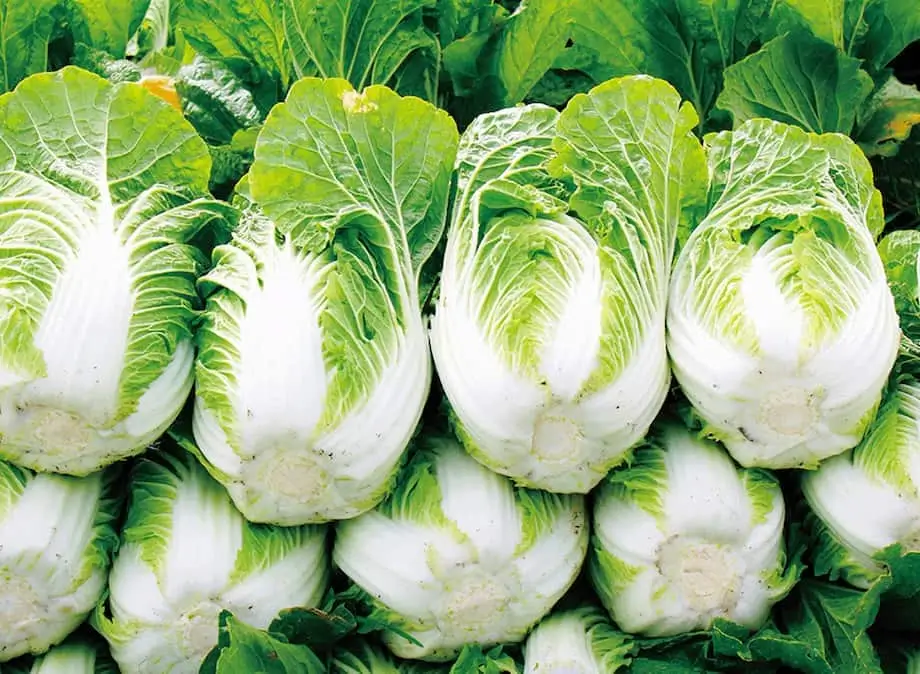

Napa Cabbage (Brassica rapa subsp. pekinensis)is a leafy vegetable that has found its way into world kitchens and gardens. The cabbage has a light, sweet taste, a crunchy texture, and can be used in many different varieties of cuisine, although it is commonly associated with East Asia.
Kimchi in the Korean Republic, stir-fries in China, fresh salads in Western kitchens - Napa Cabbage is one of the most popular and extensively cultivated salad greens. This flexibility and high nutritional content, combined with the fact that it is easy to grow, make it an effective choice to cultivate by gardeners whose gardens are not subject to warmer climates.
| Scientific Name | Brassica rapa subsp. pekinensis |
| Common Names | Napa Cabbage, Chinese Cabbage, Celery Cabbage |
| Family | Brassicaceae (Mustard Family) |
| Genus | Brassica |
| Species | Brassica rapa |
| Cultivars | Some popular cultivars include Michihili, Joi choi, and China express. |

September 25, 2025
9 minute read
September 24, 2025
9 minute read
September 23, 2025
10 minute read
September 22, 2025
9 minute read


Join as a seller and connect with thousands of B2B buyers nationwide!
Sign Up
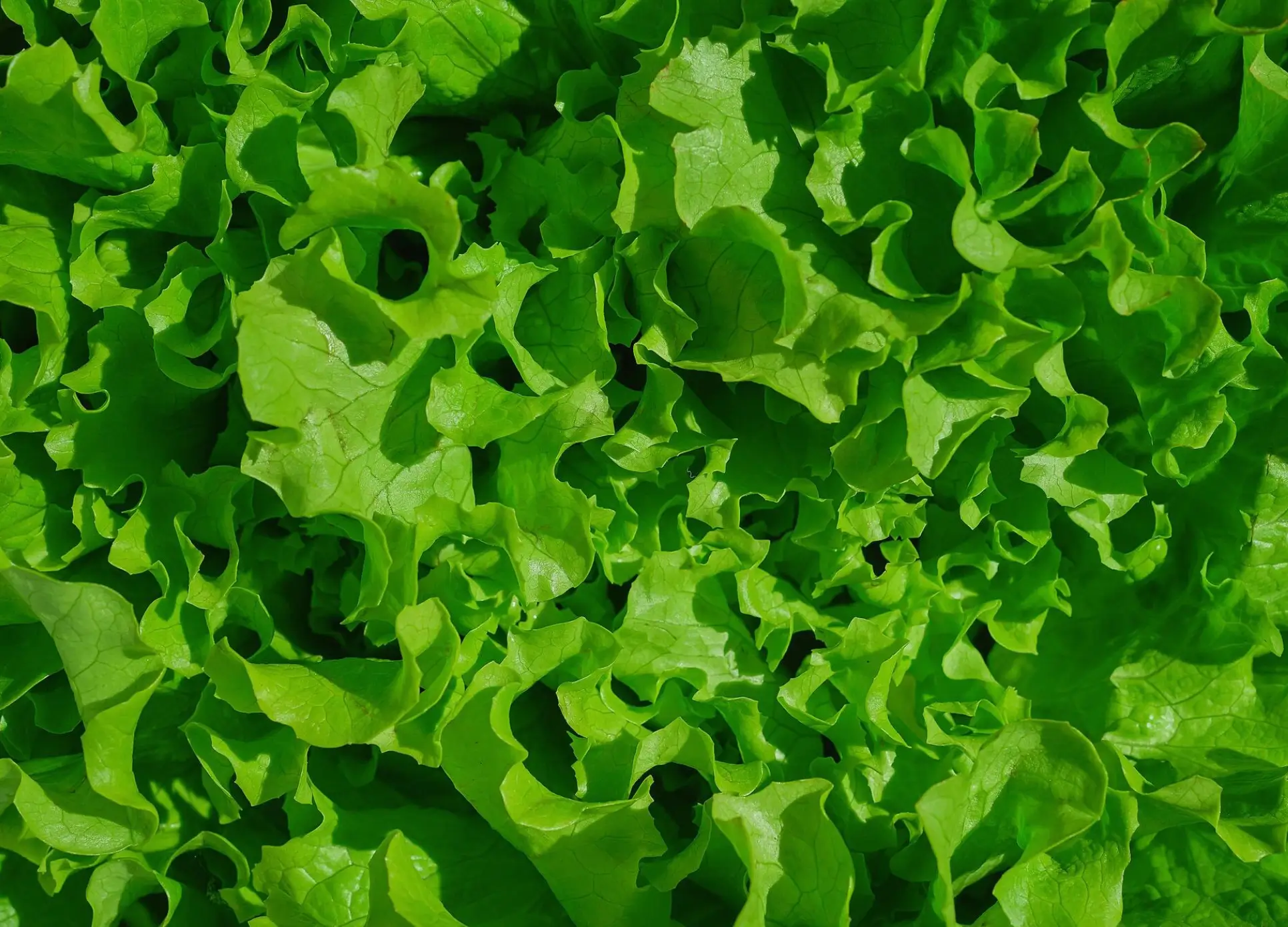
Leaf Lettuce
Leaf lettuce (Lactuca sativa var. crispa) is a very common and popular variety of lettuce.
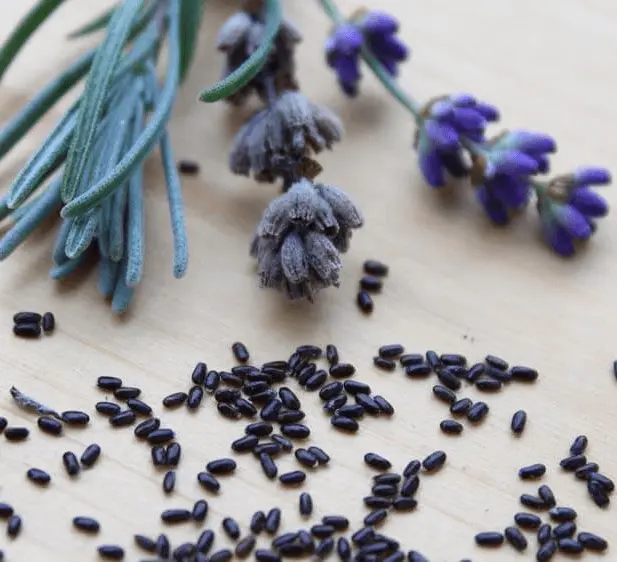
Lavender Seed
Lavender is one of the most beloved herbs in the world, prized for its beautiful odor, stunning purple flowers, and diverse applications. It has been grown for thousands of years as “the herb of calm”.
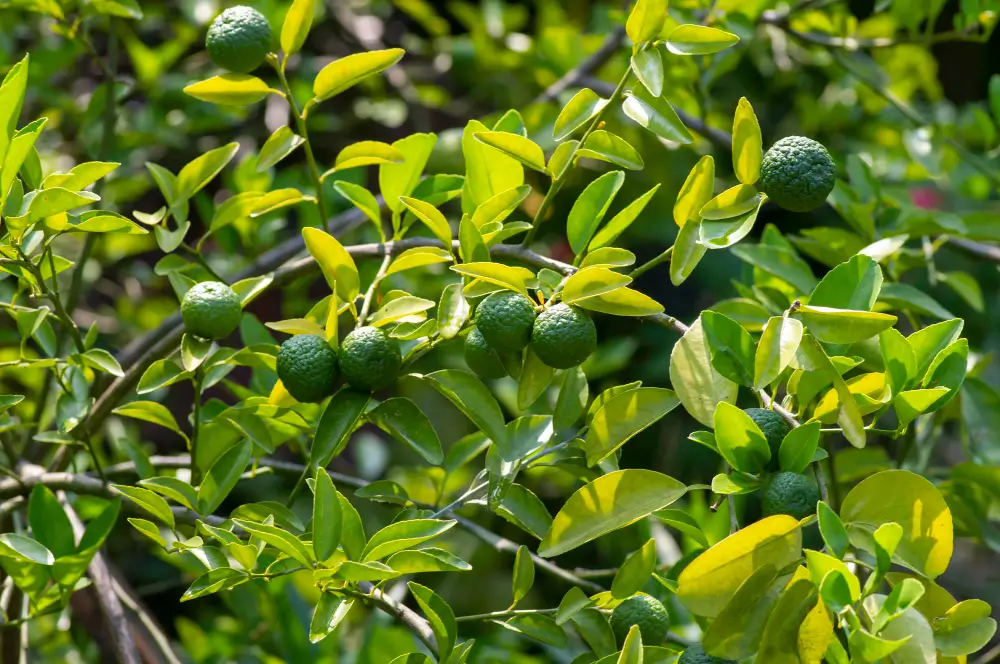
Kaffir Lime
While the fruit and leaves are rich in essential oils, their primary value is in the unique flavor they bring to food and drink.
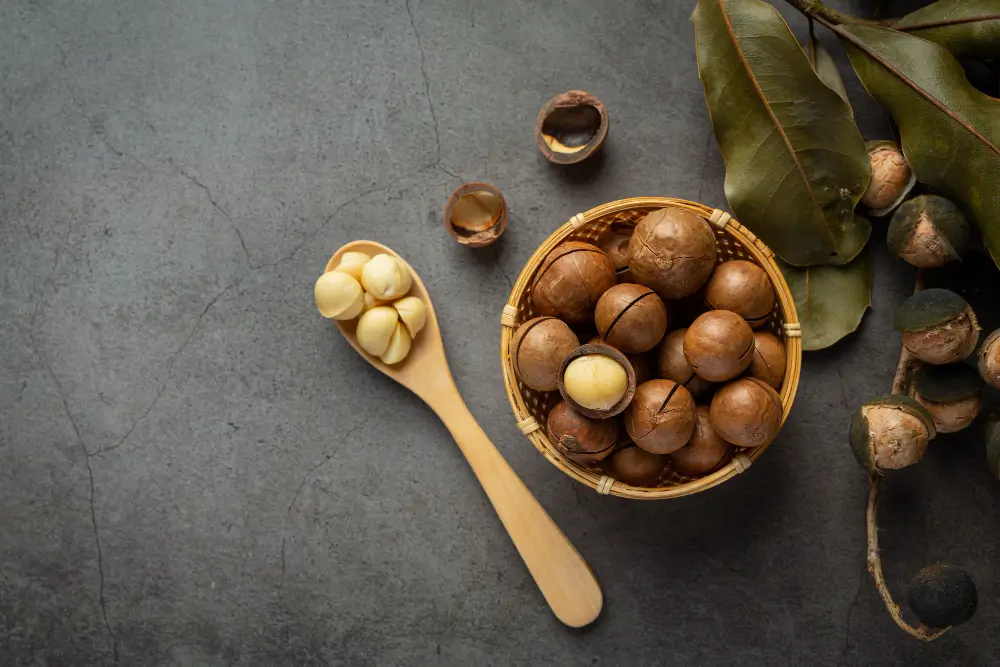
Macadamia Nut
The Macadamia nut is commonly known as the “queen of nuts” since it possesses a rich and buttery flavor and desirable nutritional value. Macadamia nut trees are beautiful evergreen trees that provide both decorative and agricultural benefits.
Cabbage would develop in a new way and present physical peculiarities that are not characteristic of other types of crops:
Napa Cabbage is widely used in the kitchen and garden for its many uses:
Ornamental: Napa Cabbage ornamental plant produces a healthy garden due to its ample leaves.
Napa Cabbage thrives under a particular soil, climate, and care:
The seed knowledge may direct the gardeners in sowing and managing:
Healthy germination will provide a healthy start to the crop:
It is essential to know how long seeds will be useful:
The Flexible Methods of starting Napa Cabbage can be in the following ways:
Napa Cabbage is hardy to the usual Brassica pests and diseases.
Downy Mildew: A Fungal disease that already favors wet conditions, increase air circulation, and avoid spraying water where it would reach foliage.
When properly harvested and stored, the freshness of the vegetable lasts longer:
Napa Cabbage is a productive and vigorous vegetable, and it can be grown in cold-season gardens. It is crunchy, has a delicate flavour, and a high nutritional content, which is why it took its place as one of the fundamental foods in the cuisine of many nations. They are easy to cultivate, grow fast with a reasonable time to maturity, and they tolerate a wide range of applications, such as kimchi, stir-fries, etc., making them a must-have feature for any gardener and consumer of food. By giving the proper conditions and care, you will have an abundant supply of Napa Cabbage all through the growing season.
Most varieties mature in 60–90 days, depending on growing conditions.
Spring and fall are ideal. Avoid hot summer months, as high temperatures can cause bolting.
Harvest when the heads feel firm and full-sized, but before the outer leaves deteriorate.

Soil Health & Fertilization
Victor Miller

Pest Identification & Prevention
Victor Miller

Lawn Care Tips & Maintenance
Victor Miller

Soil Health & Fertilization
Victor Miller

Smart Irrigation Systems
Victor Miller

Patios, Walkways & Driveways
Victor Miller

Soil Health & Fertilization
Victor Miller

Pest Identification & Prevention
Victor Miller
My Account
Our team is always here to help.
We are open Monday - Friday, 9:00 AM to 4:30 PM PST.